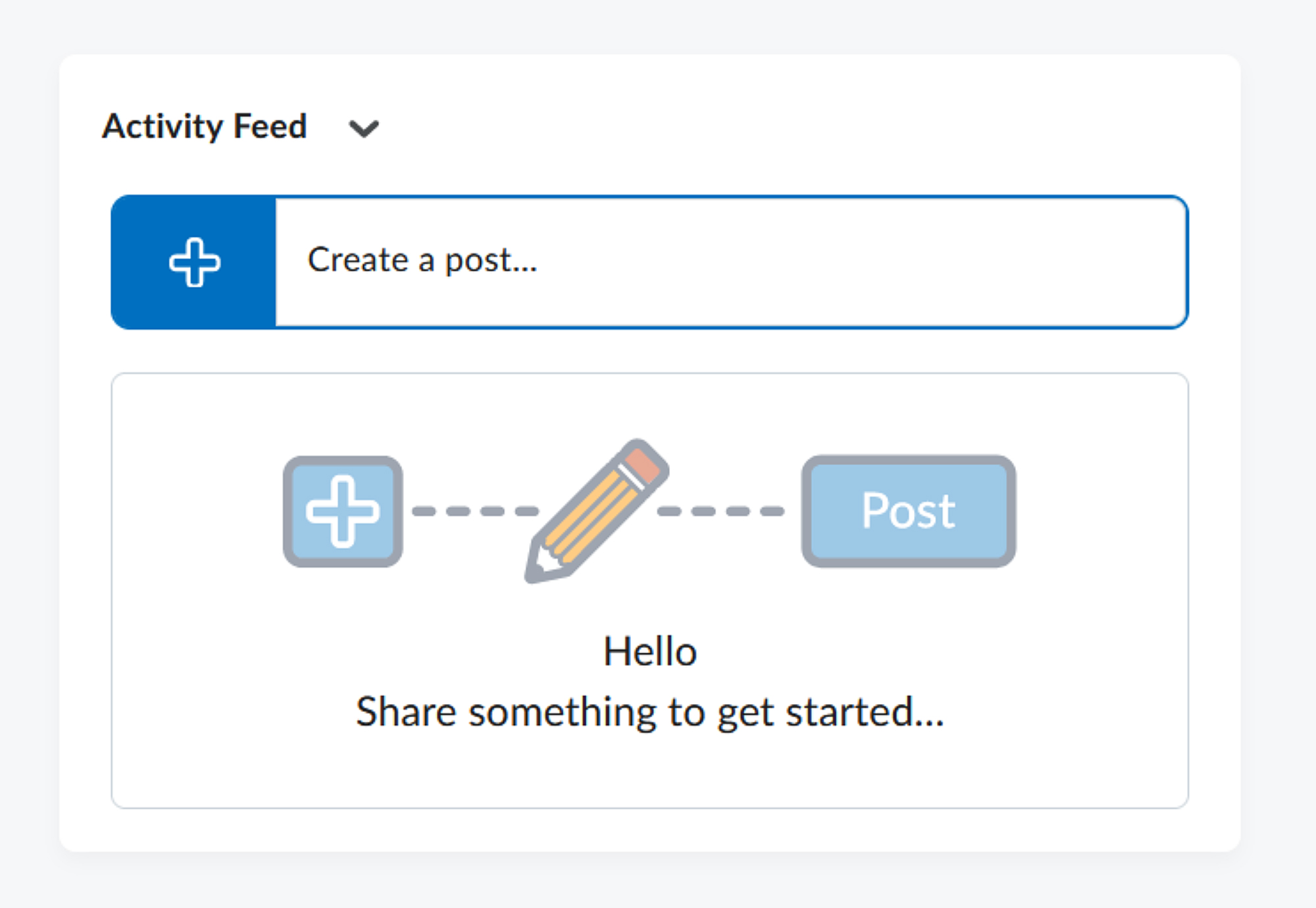Using Amathuba’s online Activity Feed for engaging students
"The activity feed offers an additional layer of synchronous digital engagement during the in-person classes, thus allowing the online platform to complement and enrich the in-person teaching and learning activities."
ABOUT THE COURSE
- Postgraduate course on Electronic Transactions Law in the Law faculty;
- Class size: Approx. 20-30 students;
- Session types: Flipped classroom approach – course material on Amathuba with three-hour weekly seminars in person.
ENABLE APPLIED
Prof Caroline Ncube makes use of the activity feed, an optional Amathuba widget appearing on the home page which allows both staff and students to post, share resources, and comment in a similar manner to a social media feed. Caroline’s inclusion of the activity feed illustrates an approach to Responsive teaching and online engagement that tailors teaching, facilitation, student support, and/or online engagement design to feasibly assist and scaffold (Bruner, 1966) students according to their specific needs, abilities, interests, and constraints.
The activity feed offers an additional layer of synchronous digital engagement during the in-person classes as well as asynchronous communication between classes. The virtual feed allows the online platform to complement and enrich the in-person teaching and learning activities, while also providing a live sharing channel that facilitates the discussions begun in class to continue between sessions.

HOW
There are various ways in which the activity feed is used to support student-centred learning and responsive teaching and online engagement on the course:
- Resources and topics that arise in conversation during in-person seminars are posted on the activity feed offering a permanent record of fast-paced ephemeral discussion points to refer back to, and improving accessibility (e.g. auditory impairments, language challenges);
- Students can keep up-to-date with news and resources in the evolving electronic transactions law field by sharing and perusing resources on the activity feed;
- The activity feed facilitates quick Q&A, updates, and sharing of course information;
- Students can take an active role in the course – sharing, collaborating, and responding;
- The flipped classroom approach reduces cognitive load and optimises in person class time for discussion and collaboration, while also providing for opportunities to continuously engage on current topics;
- Multiple means of engagement on the course support inclusivity and accessibility.
Responding to students’ interests to stimulate learning is a fundamental premise of universal design for learning (UDL) for example Foster collaboration, interdependence, and collective learning.
